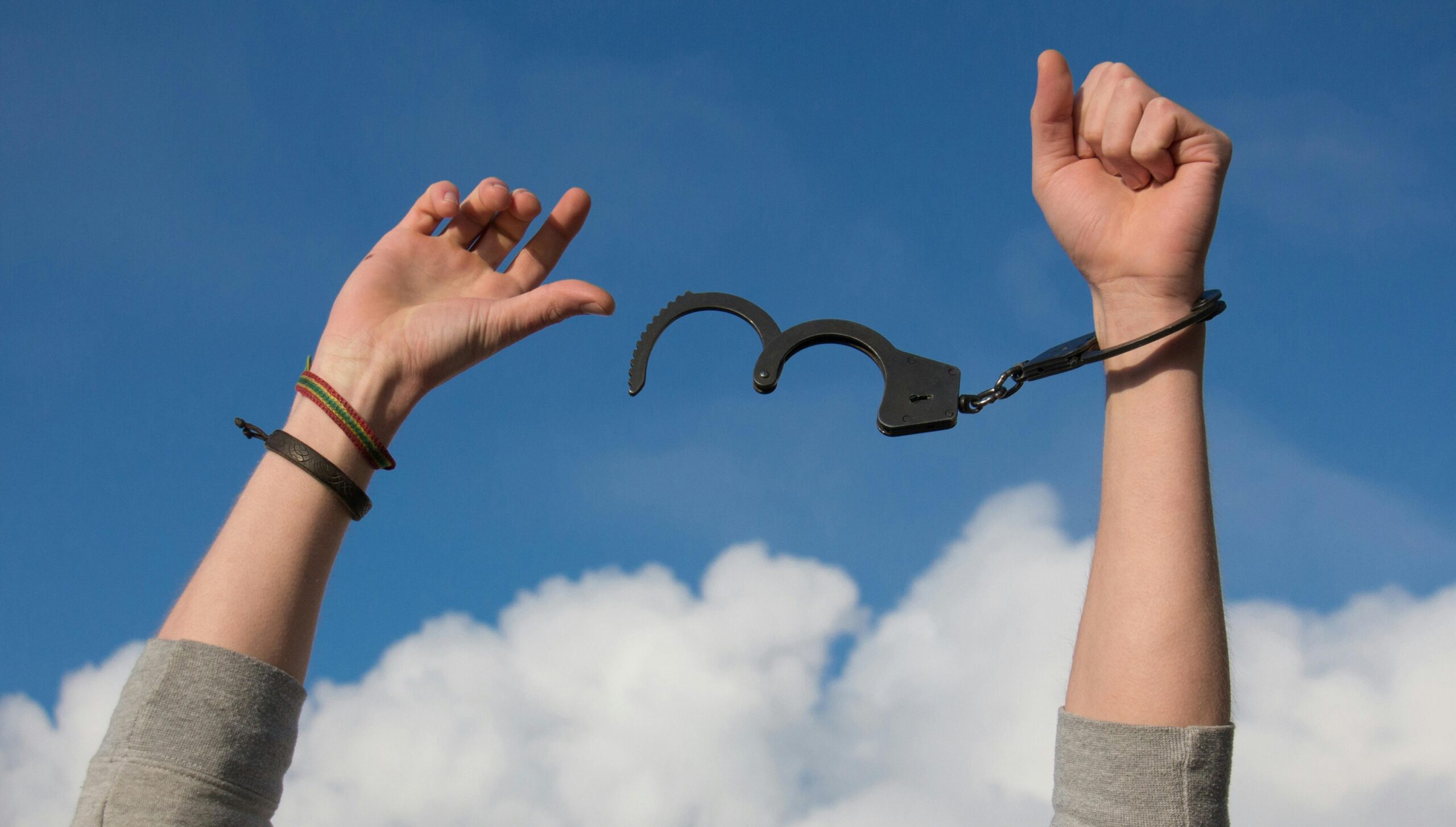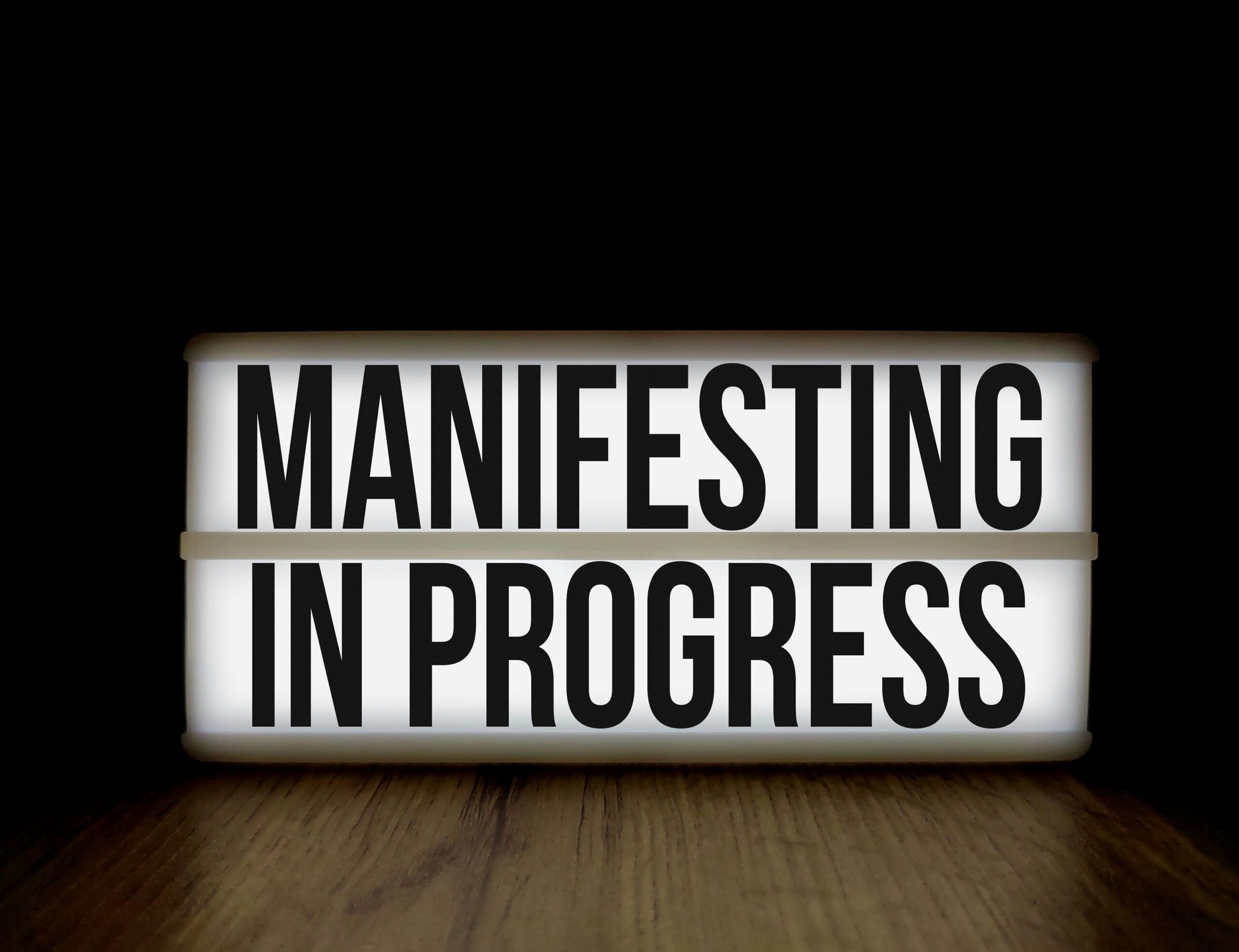Procrastination isn’t just a bad habit—it’s a barrier standing between you and your best life. Let’s break it down and reclaim your time! ⚡
Every morning, millions of people wake up with ambitious plans, only to watch the day slip away while their most important tasks remain untouched. The cycle of delay, guilt, and stress has become so normalized that we often joke about it, sharing memes about “productive procrastination” or leaving things until the last minute. But beneath the humor lies a serious issue: procrastination is quietly stealing our potential, one postponed decision at a time.
The truth is, breaking free from procrastination isn’t about becoming a productivity robot or filling every moment with tasks. It’s about understanding why we delay, recognizing the patterns that hold us back, and developing practical strategies to move forward with intention. When you unlock this understanding, you don’t just get more done—you create a life that feels aligned with your values and aspirations.
🧠 Understanding the Psychology Behind the Delay
Procrastination isn’t a character flaw or a sign of laziness. Research consistently shows that it’s an emotional regulation problem disguised as a time management issue. When we procrastinate, we’re not avoiding the task itself—we’re avoiding the negative feelings associated with it: anxiety, boredom, fear of failure, or even fear of success.
Dr. Timothy Pychyl, a leading researcher on procrastination, explains that we give in to “feel good” by avoiding the task, prioritizing our current mood over our future self’s wellbeing. This short-term mood repair comes at a significant long-term cost. The task doesn’t disappear; it grows more daunting, accumulating emotional weight with each passing hour.
The prefrontal cortex, responsible for planning and decision-making, battles with the limbic system, which seeks immediate gratification. When stress or exhaustion weakens our prefrontal cortex, the limbic system wins, and we find ourselves scrolling social media instead of tackling that important project. Understanding this neurological tug-of-war is the first step toward winning it.
🎯 The Hidden Costs Nobody Talks About
Beyond missed deadlines and rushed work, procrastination exacts a toll that extends far into our psychological and physical wellbeing. Chronic procrastinators report higher levels of stress, anxiety, and depression. They experience more health problems, from weakened immune systems to cardiovascular issues linked to chronic stress.
The opportunity cost is equally devastating. Every hour spent procrastinating is an hour not invested in skills development, relationship building, or pursuing meaningful goals. Over years, these lost hours compound into lost opportunities—promotions not received, businesses not started, relationships not nurtured, and dreams not pursued.
Perhaps most insidiously, procrastination damages our self-trust. Each time we break a promise to ourselves, we erode confidence in our ability to follow through. This creates a vicious cycle: diminished self-trust leads to more procrastination, which further damages self-trust. Breaking this cycle requires both understanding and action.
✨ Identifying Your Procrastination Patterns
Not all procrastination looks the same. Some people are deadline-driven, waiting until the last minute when adrenaline provides forced motivation. Others are perfectionists who delay starting because nothing feels quite ready. Still others are dreamers who love planning but struggle with execution.
Take a moment to recognize your pattern. Do you avoid tasks that seem overwhelming? Do you constantly seek more information before starting? Do you fill your time with less important busy work? Understanding your specific procrastination profile allows you to target interventions more effectively.
Common procrastination triggers include:
- Tasks perceived as boring or tedious
- Projects lacking clear structure or direction
- Goals imposed by others rather than self-chosen
- Fear of judgment or criticism
- Perfectionist standards that make starting feel impossible
- Difficulty managing distractions in your environment
- Unclear priorities leading to decision paralysis
🚀 The Two-Minute Rule That Changes Everything
One of the most powerful anti-procrastination strategies comes from productivity expert David Allen: if something takes less than two minutes, do it immediately. But the principle extends further. When facing a daunting task, commit to working on it for just two minutes.
This approach leverages a psychological principle called “implementation intention” and reduces the emotional barrier to starting. Once you begin, you often continue beyond those two minutes because starting is typically the hardest part. The task itself is rarely as unpleasant as the anticipation of doing it.
Apply this strategy by breaking larger projects into tiny, manageable first steps. Instead of “write report,” your task becomes “open document and write title.” Instead of “get in shape,” it becomes “put on workout clothes.” These micro-commitments bypass the paralysis that keeps us stuck.
📱 Technology: Your Ally or Enemy?
Our devices present a paradox. They’re productivity powerhouses offering countless tools for organization and efficiency, yet they’re also procrastination’s best friend, delivering infinite distractions at our fingertips. The key is intentional use rather than reactive consumption.
Digital tools can genuinely help when used strategically. Time-tracking apps provide awareness about where hours actually go, often revealing shocking truths. Task management systems externalize your mental load, freeing cognitive resources for actual work. Focus apps block distracting websites during designated work periods.
For those seeking structured support, apps like Forest gamify focus sessions, growing a virtual tree that dies if you leave the app. Others prefer comprehensive task managers that break projects into actionable steps with built-in accountability features.
However, downloading productivity apps can itself become productive procrastination. Choose one or two tools maximum, learn them well, and use them consistently. The system matters far less than the habit of engaging with it daily.
⏰ Time Blocking: Creating Non-Negotiable Boundaries
Time blocking transforms abstract intentions into concrete commitments. Rather than maintaining an endless to-do list, you assign specific tasks to specific time slots in your calendar. This approach recognizes that time, not tasks, is your fundamental resource.
Start by identifying your peak energy periods. For most people, mental clarity is highest in the morning, making it ideal for complex or creative work. Block these precious hours for your most important tasks—those that genuinely move your goals forward. Protect these blocks as fiercely as you would an important meeting.
Include buffer time between blocks for transitions and unexpected issues. Schedule breaks intentionally rather than taking them reactively when exhaustion hits. By planning rest, you prevent the guilt that often accompanies it and return to work more refreshed.
🎨 Environmental Design for Success
Your physical and digital environments constantly influence behavior, often unconsciously. A cluttered desk creates mental clutter. A phone within arm’s reach invites distraction. Small environmental changes can significantly reduce procrastination triggers without requiring constant willpower.
Create a dedicated workspace that signals “work mode” to your brain. Remove or hide items unrelated to your current task. If possible, designate different locations for different activities—one spot for focused work, another for creative brainstorming, another for administrative tasks. These spatial boundaries help your brain shift between modes more efficiently.
Digital environment matters equally. Organize your computer desktop. Use website blockers during focus time. Turn off non-essential notifications. Place your phone in another room while working. Each of these changes reduces the friction between you and deep work while increasing friction between you and distraction.
💪 Building the Momentum Muscle
Motivation follows action more often than action follows motivation. Waiting to “feel like it” before starting ensures perpetual procrastination because motivation is frequently a result, not a prerequisite, of progress. The solution? Start before you’re ready and trust that momentum will build.
Celebrate small wins immediately and specifically. When you complete a task, take a moment to acknowledge the accomplishment, no matter how minor it seems. This positive reinforcement strengthens the neural pathways associated with task completion, making future action easier.
Track your progress visibly. Whether through a habit tracker, a chain of completed days you don’t want to break, or simply checking items off a list, visible progress creates powerful momentum. Seeing evidence of your consistency builds confidence and makes the next step feel more achievable.
🤝 Accountability Systems That Actually Work
External accountability dramatically increases follow-through. When you make commitments public or share goals with others, social pressure becomes a positive force. This doesn’t mean broadcasting every intention on social media—often, a single accountability partner provides sufficient structure.
Find someone pursuing similar goals and establish regular check-ins. These can be brief—even a five-minute weekly call where you each share what you accomplished and commit to next steps. The act of reporting creates a deadline and adds external motivation to complement your internal drive.
For those who work independently, body doubling—working alongside someone else, either in person or virtually—can reduce procrastination significantly. The presence of another person working creates subtle accountability and reduces the temptation to distract yourself.
🧘 Self-Compassion: The Unexpected Game Changer
Harsh self-criticism doesn’t motivate; it paralyzes. Research by Dr. Kristin Neff and others demonstrates that self-compassion—treating yourself with the same kindness you’d offer a struggling friend—actually increases motivation and resilience while reducing procrastination.
When you procrastinate, notice the behavior without judgment. Instead of “I’m so lazy and undisciplined,” try “I’m feeling resistant to this task right now. What do I need to move forward?” This gentle curiosity opens problem-solving pathways that shame closes down.
Forgive yourself for past procrastination quickly and completely. Research shows that students who forgave themselves for procrastinating on early exams were less likely to procrastinate on later ones. Self-forgiveness doesn’t excuse the behavior—it frees you from the emotional burden that perpetuates it.
🌟 Redefining What “Seizing the Day” Really Means
Productivity culture often equates “seizing the day” with relentless hustle, packed schedules, and maximum output. This interpretation paradoxically increases procrastination because it makes every day feel like a test you might fail. A healthier interpretation focuses on intentionality rather than intensity.
Seizing the day means making conscious choices about how you spend your time, aligned with your values and priorities. Some days, this might mean focused work on an important project. Other days, it might mean rest, connection, or play—activities equally essential to a well-lived life. The opposite of procrastination isn’t constant productivity; it’s purposeful action.
Define what matters most to you across different life domains: career, relationships, health, personal growth, contribution. When you’re clear on your values, decisions become easier because you have a framework for evaluating opportunities and obligations. This clarity naturally reduces procrastination because you’re not constantly questioning whether tasks are worthwhile.
🔄 Creating Your Personal Anti-Procrastination System
No single strategy works for everyone because procrastination stems from different causes in different people. Your most effective approach combines multiple strategies tailored to your specific challenges, preferences, and circumstances.
Start with a one-week experiment. Choose three strategies from this article that resonate most strongly. Implement them consistently for seven days, tracking both your progress and how the strategies feel. At week’s end, keep what works, discard what doesn’t, and experiment with new approaches for strategies that failed.
Build your system gradually. Trying to implement everything at once is itself a form of procrastination—creating such high standards that you never truly start. Better to master one helpful habit than to attempt ten and abandon them all. Small, consistent changes compound into transformative results over time.

🎯 The First Step Starts Now
Knowledge without action changes nothing. You’ve read about why we procrastinate and how to overcome it, but transformation requires moving from understanding to implementation. The most important moment is always now—not tomorrow, not Monday, not after you’ve perfectly organized your system.
Choose one task you’ve been avoiding. Set a timer for ten minutes. Begin. Don’t wait for motivation, inspiration, or ideal conditions. Simply start with whatever you can do right now, however imperfectly. This single action begins rewiring your brain’s response to resistance, building confidence that you can, in fact, follow through.
Remember that breaking free from procrastination isn’t about achieving perfection or eliminating all resistance. It’s about developing the skill of moving forward despite discomfort, trusting yourself to handle challenges, and building a life that reflects your potential rather than your fears. Every small victory strengthens this skill, making the next step easier.
Your potential isn’t something to unlock in the distant future when conditions are perfect. It’s here, available right now, waiting for you to claim it through imperfect action and persistent effort. The day you’ve been waiting to seize is today. The person who will seize it is you. The moment to begin is this one. What will you choose? 🌟
Toni Santos is a personal growth strategist and wealth alignment researcher dedicated to helping people connect mindset, habits, and money with purpose. With a focus on abundance psychology and intentional living, Toni explores how beliefs, behavior, and clarity turn goals into sustainable prosperity. Fascinated by financial psychology and high-performance routines, Toni’s journey bridges coaching, behavioral science, and practical frameworks. Each guide he shares is an invitation to design a life by intention—where daily actions align with values, and values align with long-term wealth. Blending mindset work, habit design, and evidence-based strategy, Toni studies how identity shifts, focus systems, and disciplined execution create compounding results. His work champions the idea that true abundance is built from the inside out—through awareness, alignment, and consistent action. His work is a tribute to: An abundance mindset grounded in gratitude, vision, and responsibility Financial psychology that transforms behavior into smart decisions Goal-oriented living powered by clear systems and repeatable habits Whether you’re redefining success, aligning money with meaning, or building habits that last, Toni Santos invites you to grow with intention—one belief, one plan, one aligned step at a time.



